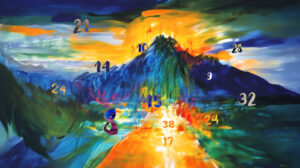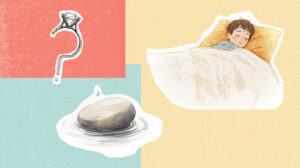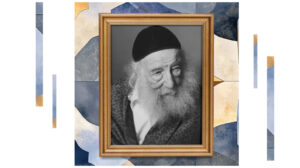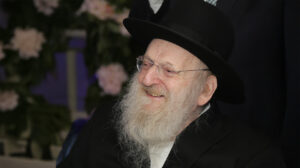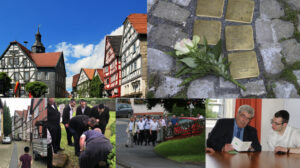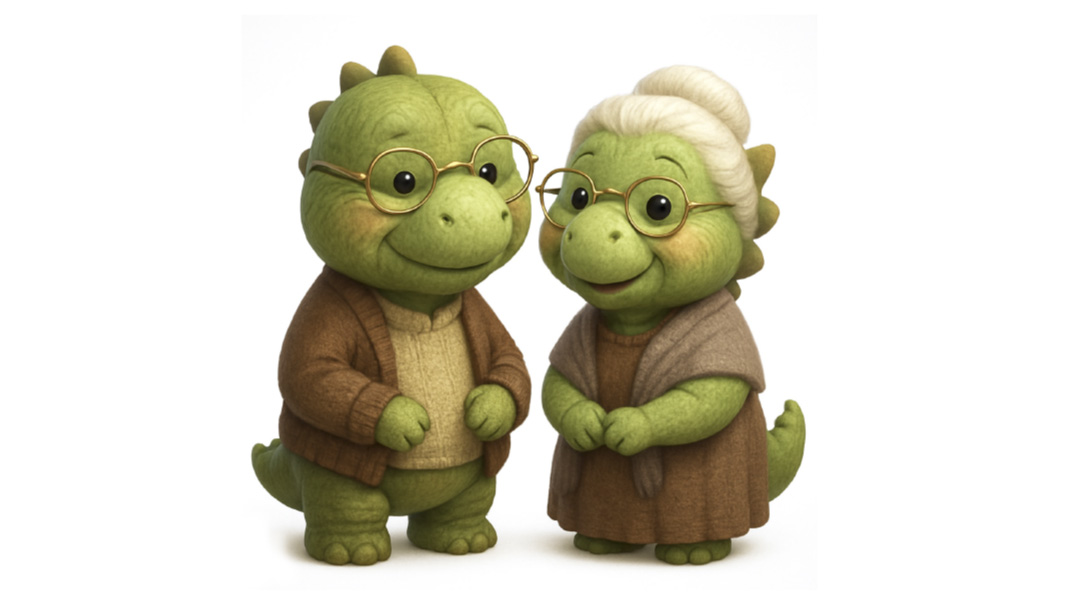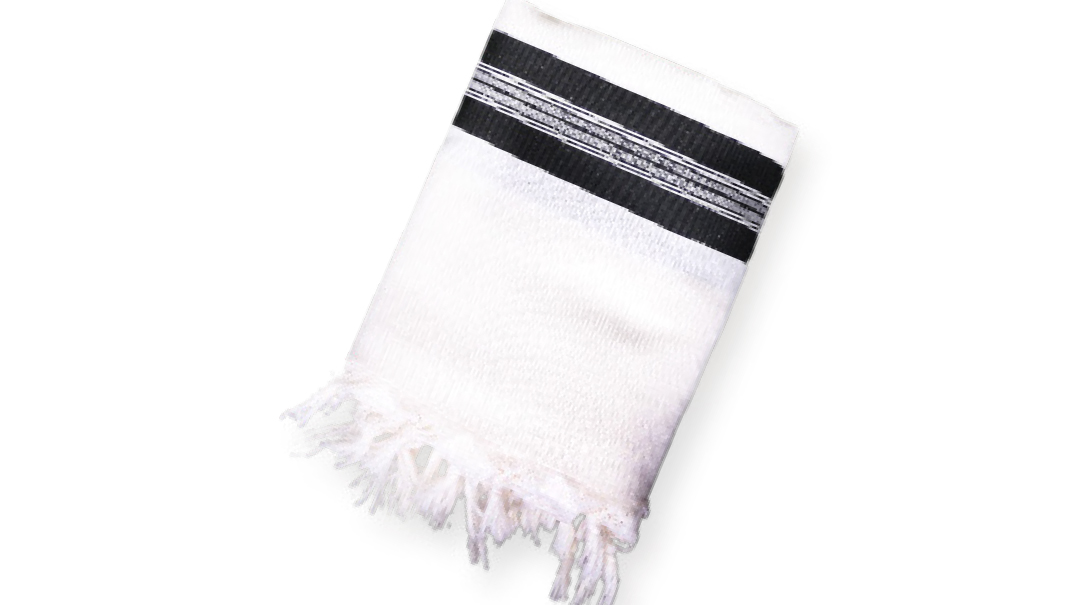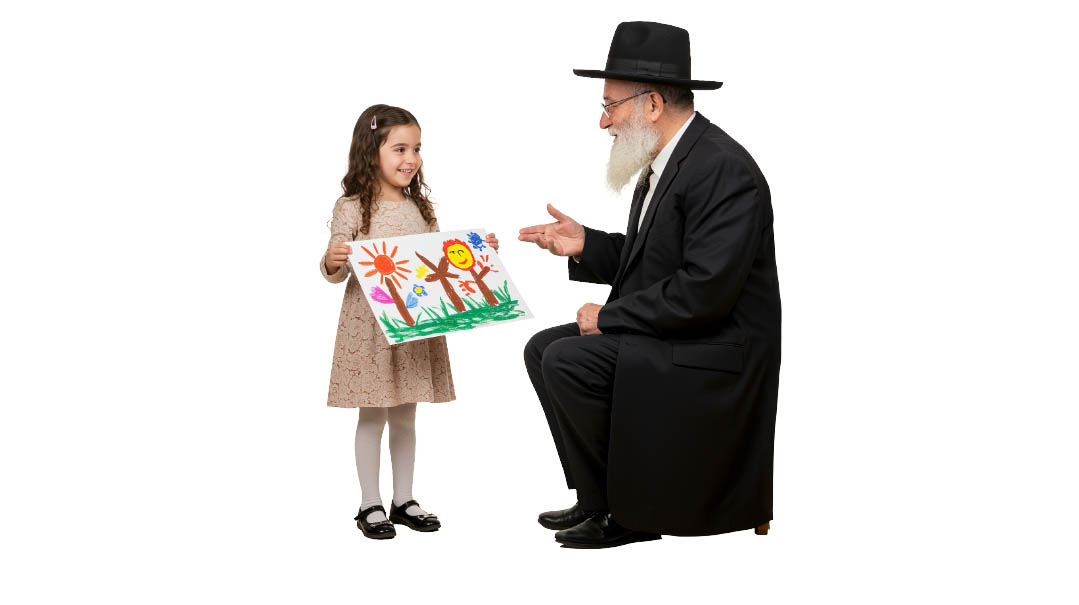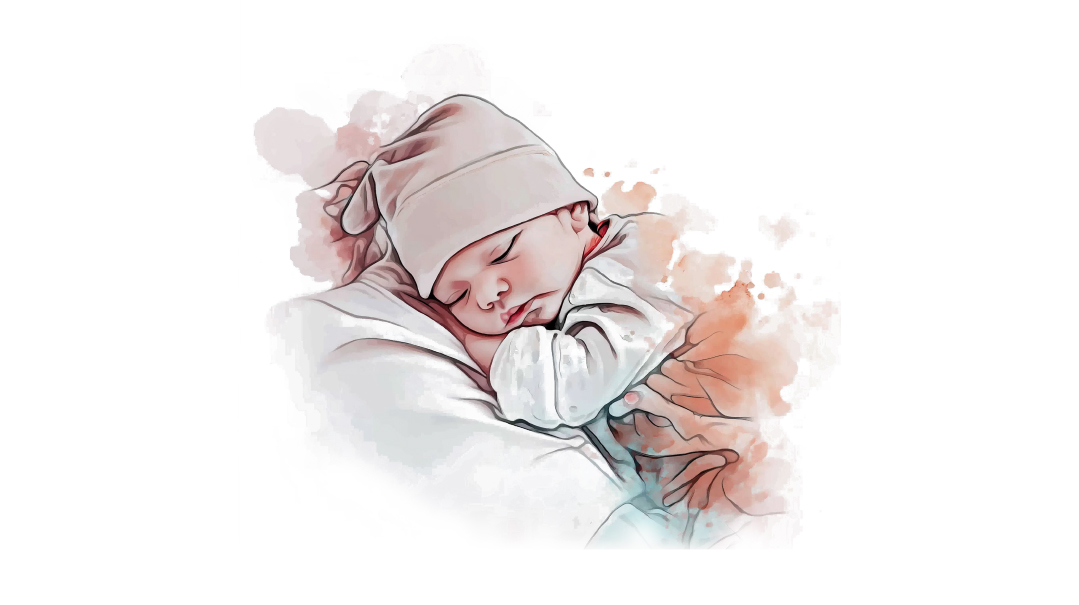Journey of a Machzor
| September 27, 2017
I t’s Kol Nidrei night my younger children are finally asleep and I sit in my silent apartment and take out my machzor.
It’s a thin volume brown and crusty and today is my first time using it. I carefully turn the pages. They shed slivers of cracked paper onto my skirt with the merest whisper of a touch.
I acquired it just a few weeks earlier on a trip to the US to visit my grandmother. Walking into my grandmother’s house is like passing through a portal into my childhood and every painting every photograph — of generations past and current — and every curio form the familiar backdrop of warm childhood memories.
Over the years I’ve been treated to several tours of the gallery of paintings throughout the house painted by my artist grandmother. As a child I enjoyed playing with the less delicate trinkets collected from my grandparents’ extensive travels around the world. But oddly enough one treasure trove eluded me. I never thought to look at the bookshelves.
They are a few shelves in the living room behind glass doors and the old but not intriguingly-ancient-looking seforim never piqued my interest when I was younger. But on this summer visit I brought along my 16-year-old son and he automatically gravitated to that cabinet.
By that point his grandmother shared his interest. Bubby bli ayin hara in her mid-nineties started learning Torah a few years ago soon after my grandfather passed away. She who never had the benefit of a Jewish education began by learning The Midrash Says on Sefer Bereishis. By the time Zeidy’s first yahrtzeit rolled around she was ready to make a siyum on the Chamishah Chumshei Torah.
Since then she has completed the entire Chumash numerous times and is now working on portions of Neviim and Kesuvim as well. In every phone conversation she brings up questions or insights from her learning. And she particularly delights in hearing divrei Torah from her great-grandsons.
So when my son began combing through her bookshelves she encouraged him to look and take what he wanted and joined us in the search. Artifacts from generations past were unearthed: a set of Chumashim from the turn of the last century which had belonged to her uncle (why it ended up in her house she couldn’t say for sure though it likely had to do with the fact that all of his descendants sadly went the way of most American Jews of that time); the Megillah that my grandfather would read from on Purim which had originally belonged to his grandfather and was written back in Europe then brought over to the US when they immigrated over a hundred years ago.
And then we found it — the slim volume hidden behind other aged seforim. It was a Yom Kippur machzor obviously the first of a set — it contained the Erev Yom Kippur Minchah Kol Nidrei and Maariv. The inside cover was inscribed with my great-grandmother’s name and the year — 1931.
“Hey!” I cried. “Was this Bubby Ethel’s machzor?” I had known my great-grandmother as a young child; she passed away when I was six.
Bubby looked at the inscription. “That machzor’s a lot older than 1931 ” she declared. “It actually belonged to Bubby Ethel’s mother — my grandmother. She brought it over from Europe.”
My eyes opened wide as I looked at the title page written in Yiddish and a bit of Polish. Printed in Lodz Poland. There was no year listed but I knew that Bubby’s grandparents had come to America together with their young daughter Bubby’s mother in the 1890s. (Excerpted from Family First Issue 561)
Oops! We could not locate your form.

